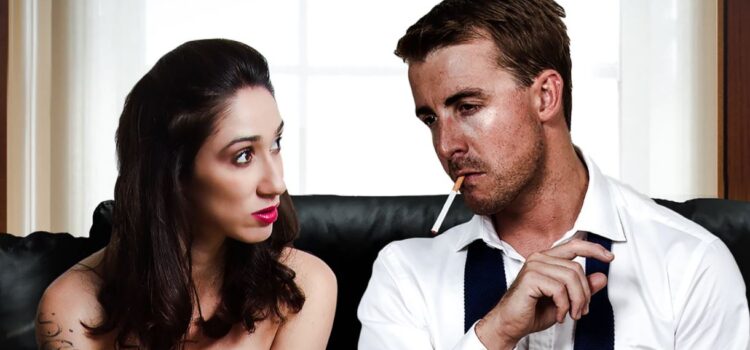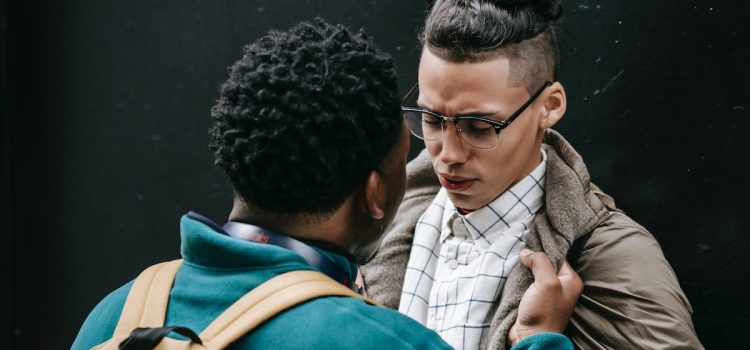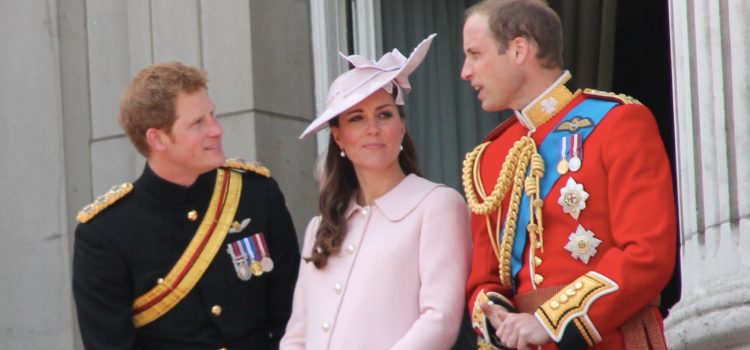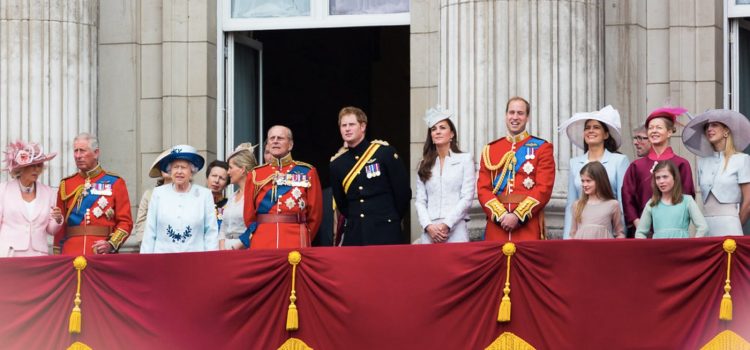Why is Prince Harry’s marriage to Meghan Markle so controversial? How did Harry and Meghan meet? In 2018, Prince Harry married American actress Meghan Markle and now has two children with her. However, as Harry points out in his book Spare, their marriage has been highly criticized by family members and the British press. Here’s a breakdown of Prince Harry’s marriage to Meghan, from an Instagram meet cute to living in California with their children.
Prince Harry’s Marriage to Meghan Markle: A Timeline










